Table of Contents
Remembering Coleman Hawkins (1904-1969)
Coleman Randolph Hawkins (November 21, 1904 – May 19, 1969), nicknamed “Hawk” and sometimes “Bean”, was an American jazz tenor saxophonist.
One of the first prominent jazz musicians on his instrument, as Joachim E. Berendt explained: “there were some tenor players before him, but the instrument was not an acknowledged jazz horn”.
Coleman Hawkins biographer John Chilton described the prevalent styles of tenor saxophone solos prior to Hawkins as “mooing” and “rubbery belches”.
Best Sheet Music download from our Library.
Coleman Hawkins denied being first and noted his contemporaries Happy Caldwell, Stump Evans, and Prince Robinson, although he was the first to tailor his method of improvisation to the saxophone rather than imitate the techniques of the clarinet. Hawkins’ virtuosic, arpeggiated approach to improvisation, with his characteristic rich, emotional, and vibrato-laden tonal style, was the main influence on a generation of tenor players that included Chu Berry, Charlie Barnet, Tex Beneke, Ben Webster, Vido Musso, Herschel Evans, Buddy Tate, and Don Byas, and through them the later tenormen, Arnett Cobb, Illinois Jacquet, Flip Phillips, Ike Quebec, Al Sears, Paul Gonsalves, and Lucky Thompson. While Hawkins became known with swing music during the big band era, he had a role in the development of bebop in the 1940s.
Please, subscribe to our Library.
If you are already a subscriber, please, check our NEW SCORES’ page every month for new sheet music. THANK YOU!
Fellow saxophonist Lester Young, known as the “President of the Tenor Saxophone”, commented, in a 1959 interview with The Jazz Review: “As far as I’m concerned, I think Coleman Hawkins was the president, first, right? As far as myself, I think I’m the second one.” Miles Davis once said: “When I heard Hawk, I learned to play ballads.”
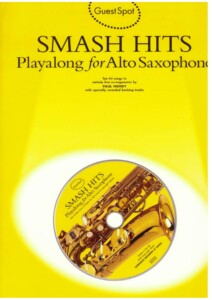
The first and most fundamental chapters in the history of the tenor saxophone in jazz were written by Coleman Hawkins (San Jose, Missouri, November 21, 1904 – New York, May 19, 1969). This was the result of a long and painstaking evolution of an instrument that was perfectly adapted to the musical language of jazz. His family was from a wealthy class and he began studying piano as a child.
At the age of seven he studied the cello and at the age of nine he began to learn to play the tenor sax, an instrument that was not used in jazz at the time and that in commercial orchestras was played with a technique that was too reminiscent of that of circus musicians. At that time he began studying classical music at Washburn College in Kansas City, which he completed in Chicago, the city to which he moved with his family in 1919 and where he had the opportunity to hear jazz for the first time.
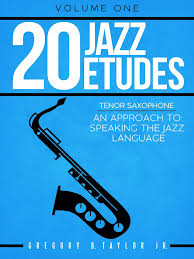
He made his professional debut in 1920 in an orchestra in the Kansas City region, and the following year he was hired by the famous blues singer, Mamie Smith, who used to have in her group musicians of the highest quality such as Buster Bailey, Sydney Bechet, or Bubber Miley. . With it he will arrive in New York and record his first album and begins to become known in the jazz circles of the Big Apple. In 1923, he joined Fletcher Henderson’s orchestra, which with him in its ranks and the incorporation the following year of a very young man, Louis Armstrong, would become the first big band in history and in which Hawkins would remain for eleven long and magnificent years until making that orchestra the best of its time.
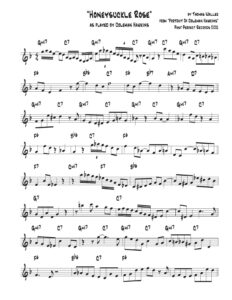
In 1934, Coleman Hawkins left Henderson’s band and went to Europe and in England signed a juicy contract with Jack Hylton’s orchestra. He was expelled from Nazi Germany because of the color of his skin and confined himself first to Holland and then to France, recording albums in Paris with local musicians and coinciding with his friend Benny Carter, who had also traveled to old Europe. In 1939 he returned to the United States where he found that his old disciples were making a big splash in the jazz scene and where he met for the first time a saxophonist from Kansas who began to overshadow him. His name was Lester Young and he stood out among other saxophonists, for putting into practice a style different from his own for the first time in twenty years. Hawkins put together his own orchestra and recorded the historic song: “Body and Soul”, one of the great jazz standards since then and which will mean his definitive consecration as one of the great creators of jazz. From that moment on, he began to be known as the “father of the tenor saxophone.”
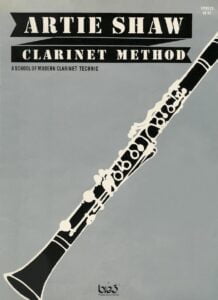
He dissolved his big band in 1941 and worked with smaller groups. In the second half of the 1940s, he would be one of the stars of “Jazz at the Philharmonic”, the musical organization created by Norman Granz, which would be in charge of bringing jazz to all corners of the world. Among his records, the collaboration with Roy Eldridge and Oscar Peterson stands out in the fifties and he recorded some extraordinary albums such as those titled:
“The Genius of Coleman Hawkins” (Verve 1957) or the splendid “High and Mighty Hawk” also for Verve in 1958. In 1962 he recorded a memorable album with Duke Ellington”: “Duke Ellington meets Coleman Hawkins” (Impulse!) and in 1966, He recorded the last album of his life “Sirius” (Pablo) because from that date his health began to play tricks on him and he died three years later, a victim of pneumonia, on May 19, 1969 at the Wickersham Hospital in New York.
With him disappeared the man who was to the tenor saxophone, what Louis Armstrong was to the trumpet: the inventor of the first and, therefore, most important musical-instrumental rules, which would determine the configuration, concept and language of the tenor saxophone in the jazz of all times.
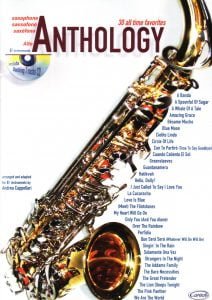
Coleman Hawkins – Body & Soul
“Body and Soul”, by Coleman Hawkins.
Coleman Hawkins was the first great tenor saxophonist in the history of jazz. Considered the “father” of the tenor saxophone in jazz, his stay in Fletcher Henderson’s orchestra, between 1924 and 1925, and above all the influence of his most prominent soloist, the trumpeter, Louis Armstrong, turned him into a prodigious soloist. capable of developing phrasings on his instrument with an agility and fluidity that seemed, in years before his appearance, a pure chimera.
The selection of recordings collected on this album cover twenty years of his career (1939-1959), those that are considered fundamental in the life of this jazz master. Before, he had already established himself as a professor with his solos in Fletcher’s orchestra, maturing his style, polishing and perfecting an unusual and unique way of playing the tenor saxophone, gradually gaining cleanliness, sonority, power and a unique timbre. “Body and Soul” therefore begins in the historic session of October 11, 1939, when he recorded what is considered his masterpiece and without a doubt, one of the jewels in the history of jazz: “Body and Soul”
Coleman Hawkins recorded “Body and Soul” a few months after his return to the United States after his traveling tour of Europe. In three minutes – the three most glorious minutes in the history of jazz, according to some critics – and during two choruses directly improvised in mid-tempo on the original melody, Hawkins, overflowing with lyricism and with a more contained sonority, literally reinvents it with some variations that can only be described as brilliant for their coherence and sense of meter. “Body and Soul” is the best sense of the word, a perfect tenor sax solo that revolutionized at that time, and in that era, the concept and language of the instrument. Since then, there are few saxophonists who have not learned it by heart.
The rest of the album are several recording sessions until 1959. In them, Coleman Hawkins definitively reached his maturity and allowed him to confront the new times of jazz and the new sounds of bebop with complete guarantee. He even went further, hiring into his groups some musicians who over time would become the main figures of modern jazz.
| THE MUSICIANS | THE INSTRUMENTS | TECHNICAL SHEET |
| Navarro facts | trumpet | Record label: RCA-BLUEBIRD |
| Benny Carter | alto sax | Serial number: RCA-4178 |
| Milt Hinton | Double bass | Recording date: 1939-1956 |
| Jay Jay Johnson | Trombon | Recording location: New York |
| Zoot Sims | tenor sax | Rating: 5* out of 5 |
| Hank Jones | Piano | |
| Max Roach | Battery | |
| Coleman Hawkins | Tenor sax and leader |
Browse in the Library:
| Artist or Composer / Score name | Cover | List of Contents |
|---|---|---|
| The Piano Guys |
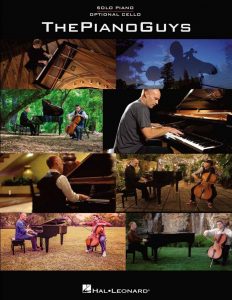 |
The Piano Guys |
| The Piano Guys – O Come O Come Emmanuel |
 |
|
| The Piano Guys Christmas Together Piano Solo With Optional Cello |
 |
The Piano Guys Christmas Together Piano Solo With Optional Cello Contents |
| The Piano Guys Jon Schmidt I Do |
 |
|
| The Piano Guys Jon Schmidt Piano Solos I | The Piano Guys Jon Schmidt Piano Solos I |
 |
| The Piano Guys Jon Schmidt Piano Solos II | The Piano Guys Jon Schmidt Piano Solos II | |
| The Piano Guys Jon Schmidt Piano Solos III | The Piano Guys Jon Schmidt Piano Solos III |
 |
| The Piano Guys Let It Go Disneys Frozen Vivaldis Winter | The Piano Guys Let It Go Disneys Frozen Vivaldis Winter | |
| The Piano Guys Michael Meets Mozart | The Piano Guys Michael Meets Mozart | |
| The Piano Guys Perfect (piano solo) |
 |
|
| The Piano Odyssey Etudes 1 Celebration Series RCM |
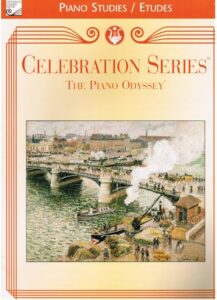 |
|
| The Piano Odyssey Etudes 2 (Celebration Series RCM) |
 |
|
| The Piano Odyssey Etudes 3 Celebration Series RCM |
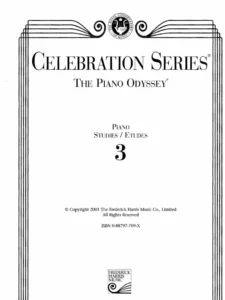 |
|
| The Piano Odyssey Etudes 4 (Celebration Series) RCM |
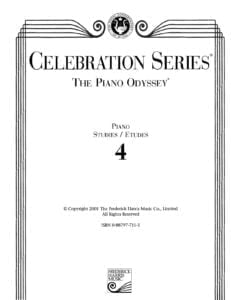 |
|
| The Piano Odyssey Repertoire 1 (Celebration Series) RCM |
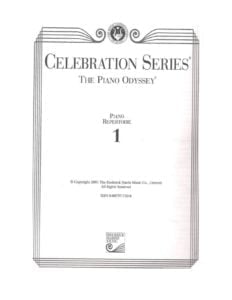 |
|
| The Piano Odyssey Repertoire 10 (Celebration Series) RCM |
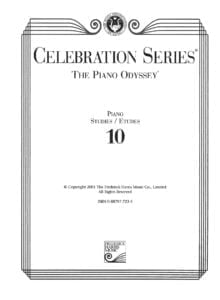 |
|
| The Piano Odyssey Repertoire 2 (Celebration Series) RCM |
 |
|
| The Piano Odyssey Repertoire 3 (Celebration Series) RCM |
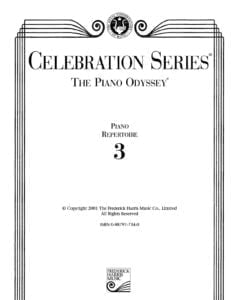 |
|
| The Piano Odyssey Repertoire 4 (Celebration Series) RCM |
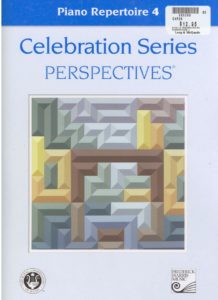 |
|
| The Piano Odyssey Repertoire 6 (Celebration Series) RCM |
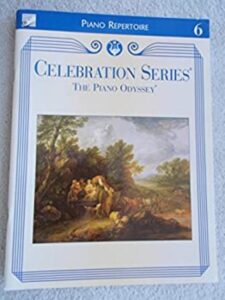 |
The Piano Odyssey Repertoire 6 |
| The Piano Odyssey Repertoire 7 (Celebration Series) RCM |
 |
|
| The Piano Odyssey Repertoire 8 (Celebration Series) RCM |
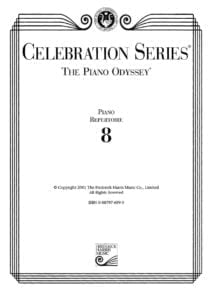 |
|
| The Pianoforte And Its Music (By Henry Edward Krehbiel) (1911) |
 |
|
| The Pink Floyd Song Book (Guitar) |
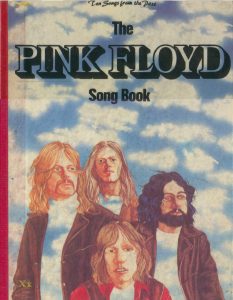 |
The Pink Floyd Song Book (Guitar)_compressed |
| The Pink Panther Full Theme (Musescore File).mscz | ||
| The Place I’ll Return To Someday – Final Fantasy Ix (Musescore File).mscz | ||
| The Platters – The Great Pretender |
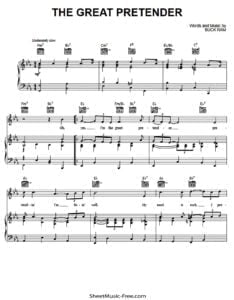 |
|
| The Platters Anthology |
 |
The Platters Anthology |
| The Polar Express – Believe – Glen Ballard | The Polar Express – Believe sheet music | |
| The Polar Express – Selections from |
 |
The Polar Express – Selections from |
| The Polar Express – When Christmas Comes to Town – Glen Ballard | ||
| The Police – Every Breath You Take – Arr. For Guitar (Musescore File).mscz | ||
| The Police – Guitar Signature Licks with audio MP3 with TABs |
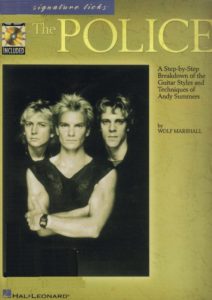 |
The Police – Guitar Signature Licks |
| The Police – Play Guitar With The Police (Book + audio MP3) with Tablature |
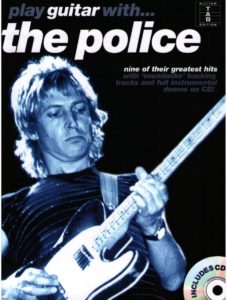 |
Play Guitar With – The Police |
| The Police – The Best (songbook) Guitar with TABs |
 |
The Police – The Best (songbook) |
| The Police – The Great Songs of The Police |
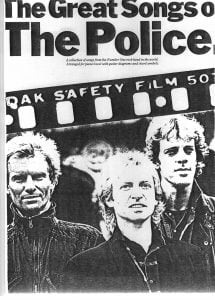 |
Police – The Great Songs of The Police |
| The Police – Walking on the Moon The Untold Story by Chris Campion (Book) |
 |
|
| The Practical Jazz Guitarist – by Mark White (Berklee Press) |
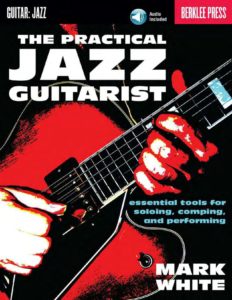 |
The Practical Jazz Guitarist – by Mark White |
| The Pretenders – I’ll Stand By You (Piano, vocal, guitar) |
 |
|
| The Princess And The Frog – Randy Newman Easy Piano arr. |
 |
The Princess And The Frog – Newman R. Easy Piano |
| The Principles Of Expression In Pianoforte Playing (By Adolph Friedrich Christiani) (1885) |
 |
|
| The Producers – Betrayed!, From the Musical by Mel Brooks |
 |
|
| The Producers Music Theory Handbook May 2023 |
 |
|
| The Punisher – Money For Everyone – Carlo Siliotto | ||
| The Queen – Alexandre Desplat |
 |
|
| The Quotable Musician From Bach To Tupac (eBook) |
 |
|
| The Ragtime songbook songs of – Charters, Ann, ed. 1965 |
 |
The Ragtime songbook songs of – Charters, Ann, ed (1965) |
| The Readers Digest Childrens Songbook |
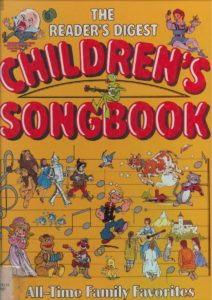 |
The Readers Digest Childrens Songbook |
| The Real Boogie Woogie Memphis Slim Piano Solos (1959) Book |
 |
|
| The Real Book 6th Ed |
 |
The Real Book 6th Ed |
| The Real Book Jazz Standards In C Version – A Collection of some of the greatest songs of the 20th Century |
 |
The Real Book Jazz Standards In C Version |
| The Real Book of Blues – 225 great blues Melody Line, chords, lyrics |
 |
The Real Book of Blues |
| The Real Book Of Funk Jazz |
 |
real book of funk |
| The Real Book Of Jazz Volume I 5th Edition sheet music pdf |
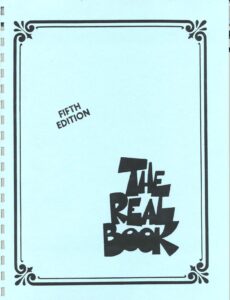 |
real book of jazz |
| The Real Book of Jazz Volume II (All new) |
 |
The Real Book of Jazz Volume II |
| The Real Book of Jazz Volume III (all new) |
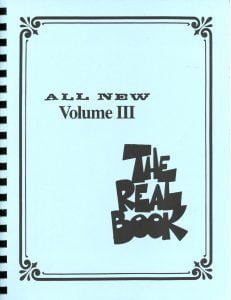 |
The Real Book of Jazz Volume III |
| The Real Book of Jazz Volume IV for C Instruments |
 |
The Real Book of Jazz Volume IV for C Instruments |
| The Real Book of Jazz Volume V |
 |
The Real Book of Jazz Volume V |
| The Real Christmas Book Fake |
 |
The Real Christmas Book Fake |
| The Real JAZZ Vol. 5 |
 |
|
| The Real Little Classical Fake Book (over 600 Classical Themes and Melodies |
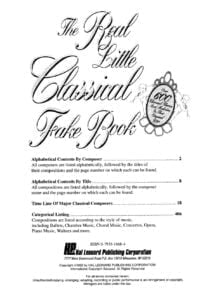 |
Real classical fake book sheet music |
| The Real Rock Book 2 |
 |
Real Rock Guitar by Kenn ChipkinThe Real Rock Book 2 |
| The Real Songbook – Bossa Nova 1 Brazilian Jazz Real Book (Sheet Music) | The Real Songbook – Bossa Nova 1 Brazilian Jazz Real Book | |
| The Red Book Great Piano Solos |
 |
The Red Book Great Piano Solos |
| The Reggae Songbook – Music Sales Corporation |
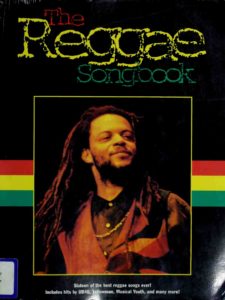 |
The Reggae Songbook – Music Sales Corporation |
| The Ring – End Credits Hans Zimmer |
 |
|
| The Rock Story Edited By Theo Cateforis (Book) |
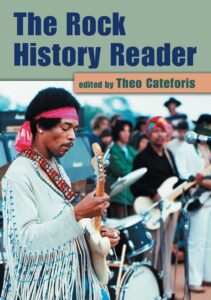 |
|
| The Rocky Horror Picture Show Science Fiction Double | The Rocky Horror Picture Show – Science Fiction Double | |
| The Rolling Stones Let It Bleed Authentic Guitar TABs |
 |
The Rolling Stones Let It Bleed Authentic Guitar TABs |
| The Rolling Stones – Best Of (Guitar Bass Drums Songbook) |
 |
The Rolling Stones – Best Of (Guitar Bass Drums Songbook) |
| The Rolling Stones – Get Off Of My Cloud | ||
| The Rolling Stones Classics – Volume One – Off The Record (Guitar Bass Drum Songbook) |
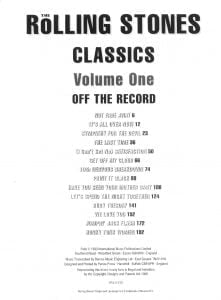 |
The Rolling Stones Classics – Volume One- Off The Record (Guitar Bass Drum Songbook) |
| The Rolling Stones Guitar Play-Along Volume 66 – with audio MP3 embedded with TAB |
 |
The Rolling Stones Guitar Play |
| The Rolling Stones Rock Score |
 |
|
| The Rolling Stones Songbook (Sheet Music Guitar Tab) |
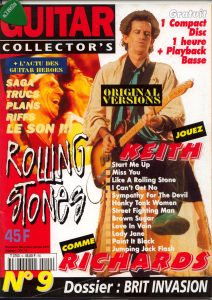 |
|
| The Russian School of Piano playing 1 |
 |
|
| The Russian School Of Piano Playing 2 |
 |
|
| The Sapin (Musescore File).mscz | ||
| The School Of Velocity Op 299 No. 1 (Musescore File).mscz | ||
| The Scientist – Coldplay Piano Arrangement(1) (Musescore File).mscz | ||
| The Secret History of Rock. The Most Influential Bands You’ve Never Heard |
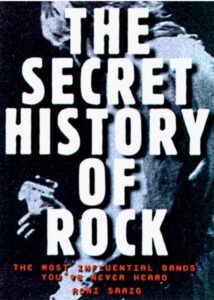 |
|
| The secret Life of Glenn Gould, A Genius in Love, by Michael Clarkson (2010) Biography |
 |
|
| The Shadow Of Your Smile (Musescore File).mscz | ||
| The Shadow of your Smile Johnny Mandel Francis Webster Jazz Standard arr. Carsten Gerlitz |
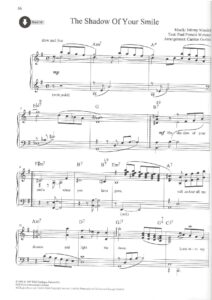 |
|
| The Shadow of your Smile(lead sheet) Mandel & Webster |
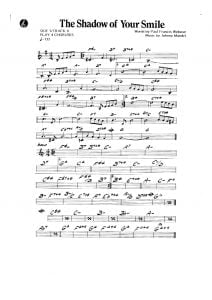 |
|
| The Shadows – 20 Big Hits – Songbook |
 |
The Shadows songbook |
| The Shadows Easy Guitar Hits |
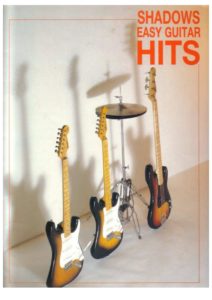 |
The Shadows Easy Guitar Hits |
| The Shape of Water (Alexandre Desplat) | ||
| The Shawshank Redemption – Stoic Theme – Thomas Newman | ||
| The Simpson’s Theme (Piano) Sheet Music |
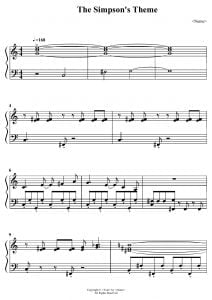 |
|
| The Simpsons – Main Title | ||
| The Simpsons Baby On Board | The-Simpsons-Baby-On-Board | |
| The Simpsons Minimum Wage Nanny | The Simpsons Minimum Wage Nanny | |
| The Simpsons Songbook – Danny Elfman |
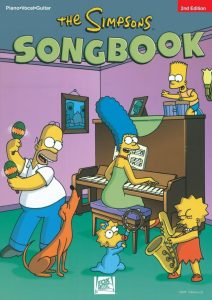 |
The Simpsons songbook |
| The Simpsons Theme (Musescore File).mscz | ||
| The Simpsons Theme by Danny Elfman |
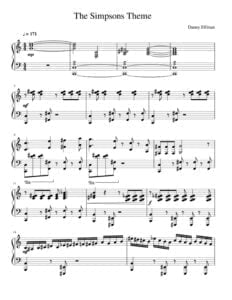 |
|
| The Sims Build Theme No. 1 |
 |
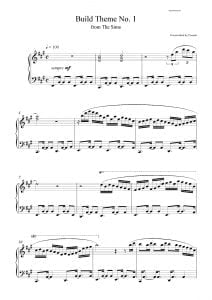 |
| The Slick Book |
 |
|
| The Smiths – Anthology |
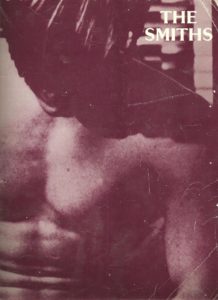 |
The Smiths – Anthology |
| The Smiths Best Of |
 |
The Smiths Best Of |
| The Song Is You – Jazz Standard | The Song Is You – Jazz Standard | |
| The Song Of Purple Summer (Musescore File).mscz | ||
| The Song Of Purple Summer Dunkan Sheik And Steven Sater (Musicals) |
 |
|
| The Song Writing Genius Within You by Geoffrey Williams (Book)2008 |
 |
|
| The Sound Of Music – Climb Every Mountain – Julie Andrews | ||
| The Sound Of Music – Rodgers & Hammerstein (Sheet Music Book) Vocal selections |
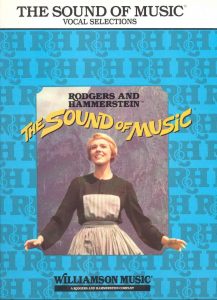 |
The Sound of Music |
| The Sound Of Silence – Simon & Garfunkel (Musescore File).mscz | ||
| The Spirit Of God Like a Fire is Burning Mixed Chrus and Organ or Pino by Mark Wilberg Ssaattbb |
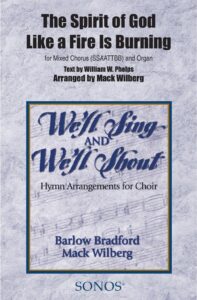 |
|
| The Story Of Music From Babylon To The Beatles How Music Has Shaped Civilization (Book) |
 |
|
| The Streets Of Laredo – American Cowboy Song Johnny Cash (Musescore File).mscz | ||
| The Strokes – Is This It (guitar with TABs) |
 |
The Strokes |
| The Third Man Theme By Anton Karas Guitar TABs |
 |
|
| The Three Tenors Songbook (for high voice and piano) |
 |
The Three Tenors Songbook |
| The Time Machine – The Eloi – Klaus Badelt | The Time Machine The Eloi Klaus Badelt 1st page | |
| The Tokens – The Lion Sleeps Tonight (Piano Solo arr. sheet music, Noten, partitura, partition) |
 |
|
| The Tokens – The_Lion_Sleeps_Tonight Piano Solo arr.mscz | ||
| The Tom And Jerry Show – Hiromi Uehara (Piano Solo Sheet Music) (Musescore File).mscz | ||
| The Tommy Flanagan Collection |
 |
The Tommy Flanagan Collection |
| The Truman show – Dreaming Of Fiji – Philip Glass |
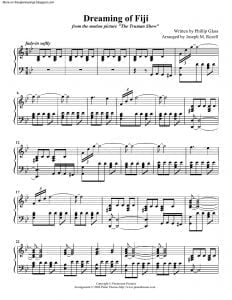 |
|
| The Truman show – Reunion – Philip Glass |
